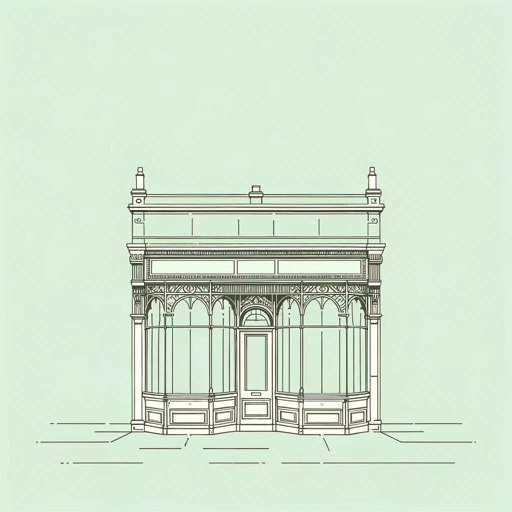52 pages • 1 hour read
Arnold BennettThe Old Wives' Tale
Fiction | Novel | Adult | Published in 1908A modern alternative to SparkNotes and CliffsNotes, SuperSummary offers high-quality Study Guides with detailed chapter summaries and analysis of major themes, characters, and more.
Symbols & Motifs
Signs
Signs are one of the most common symbols of change in The Old Wives’ Tale, particularly the signs (or lack thereof) that hang outside the Baines family business. In Book 1, no sign hangs outside the draper’s shop because John Baines decided not to replace the old signboard when a storm blew it down. The community took this as a mark of humility that raised the estimation of his virtue, so it became a prized mark of the Baines family culture not to have a sign on their shop.
This changes when Mrs. Baines resigns and the shop passes into Samuel and Constance’s hands. Samuel’s decides to hang a sign outside the shop, a decision that troubles Constance, who still values the virtue of her Baines family traditions. The sign represents a major turning point in Constance’s life, from youth to adulthood.
The sign changes again after Samuel’s death, when the business is sold to Mr. Critchlow, signifying yet another major change in Constance’s life. The sign changes for a final time in Book 4, when the building is sold to a premade clothing company just before Constance’s death, symbolizing another change in Constance’s life, in the story of the building and its businesses, and in the nature of Bursley itself.
Featured Collections
Aging
View Collection
Books Made into Movies
View Collection
British Literature
View Collection
Brothers & Sisters
View Collection
Childhood & Youth
View Collection
Community
View Collection
Family
View Collection
Historical Fiction
View Collection
Marriage
View Collection
Memory
View Collection
Mortality & Death
View Collection
Mothers
View Collection
Popular Study Guides
View Collection
School Book List Titles
View Collection
TV Shows Based on Books
View Collection

